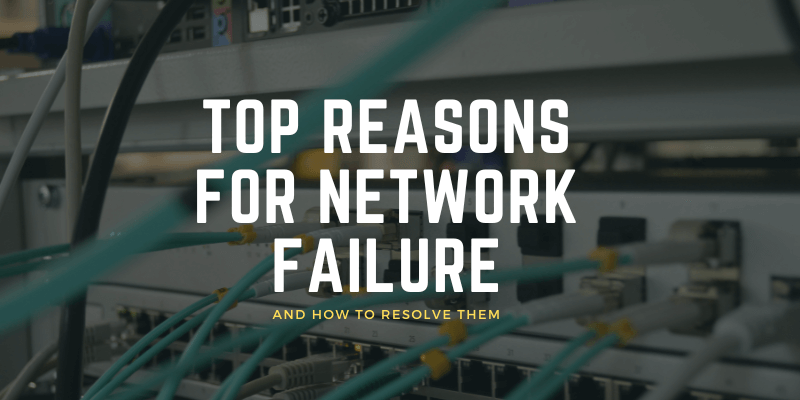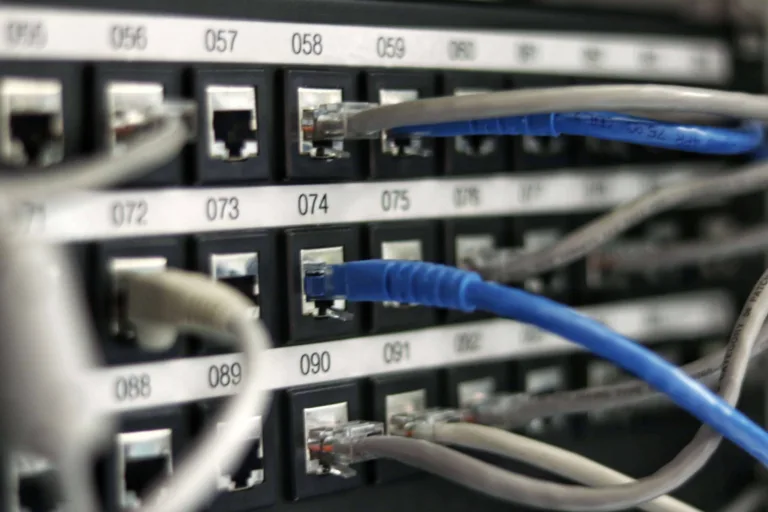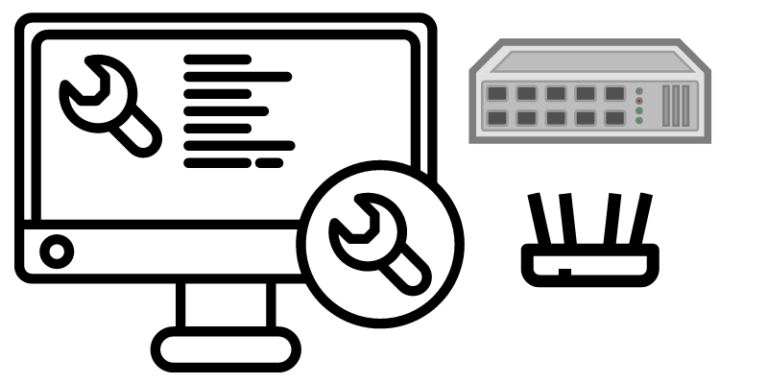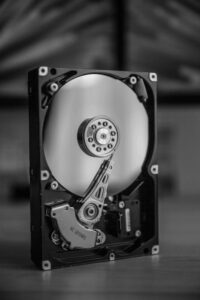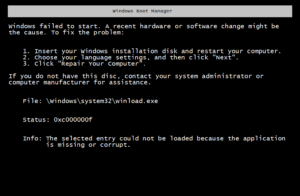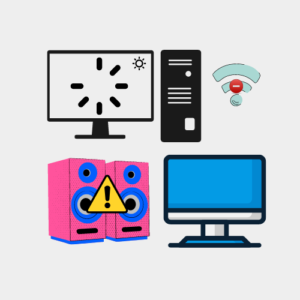The Top Reasons for Network Failure and How to Fix Them
In today’s digital age, a network failure can spell disaster for any business. Whether it’s a complete outage or intermittent connectivity issues, network failures can disrupt your operations, damage your reputation, and result in significant financial losses. That’s why it’s crucial to understand the top reasons of network failure and how to fix them. In this article, we will discuss the most common causes of network failure and provide practical solutions to help you avoid them.
Top Reasons for Network Failure:
1. Hardware Failure
Network disruptions can be frustrating and lead to significant downtime for businesses.
Among the common reasons for such disruptions is hardware failure, which refers to the breakdown of network hardware components such as routers, switches, and firewalls.
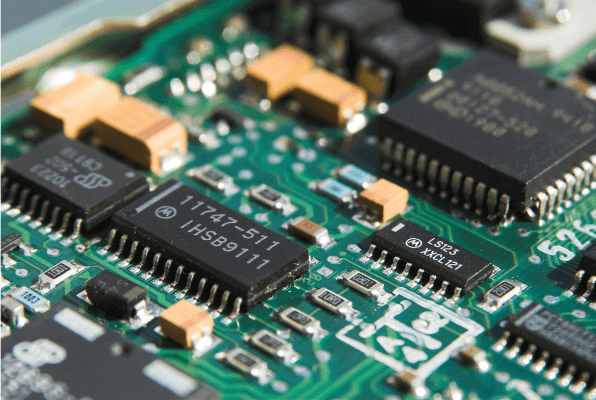
Hardware failure can occur due to a range of factors, including power surges, overheating, and physical damage.
The consequences of hardware failure can be dire, as it can bring down the entire network, causing connectivity issues and extended periods of downtime.
This can lead to missed deadlines, loss of revenue, and a negative impact on a company’s reputation.
Therefore, it’s crucial to implement effective measures to prevent hardware failure and ensure quick resolution in the event of an occurrence.
Hardware failure is one of the most common causes of network disruption and can be caused by several factors, including power surges, overheating, and physical damage.
It’s essential for businesses to be proactive and implement measures to prevent hardware failure and resolve any occurrence promptly.
How to Fix Hardware Failure
Hardware failure can be a costly and disruptive issue for businesses. However, with a proactive approach and some preventative measures, it can be avoided or resolved quickly.
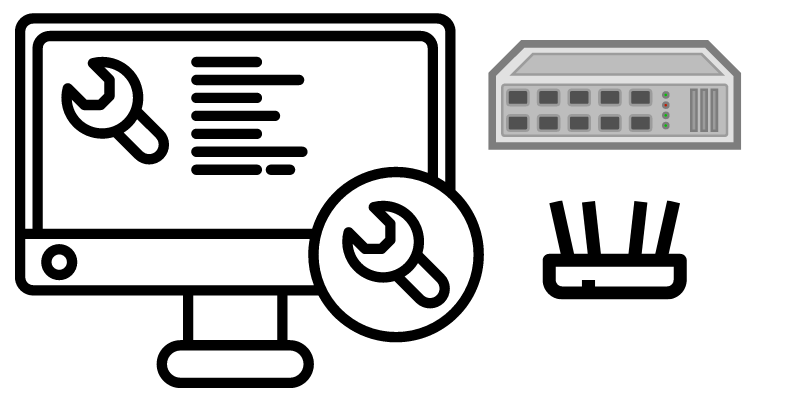
Here are some tips for fixing hardware failure:
- Regular maintenance: Conducting regular maintenance on your network hardware can help prevent hardware failure. Cleaning and dusting your equipment can help prevent overheating and physical damage. It’s also important to check for any loose cables or connections that may cause disruption.
- Redundant hardware: Having redundant hardware or a failover system in place can help minimize downtime in case of a failure. This means having backup hardware that can take over if the primary hardware fails. It’s essential to have a plan in place for how to switch over to the backup system quickly and efficiently.
- Proper ventilation: Proper ventilation can help prevent overheating, which is a common cause of hardware failure. Ensure that your hardware is installed in a well-ventilated area and that there is adequate airflow to prevent overheating.
- Update firmware: Regularly updating your hardware firmware can help prevent issues that may cause hardware failure. Firmware updates can include bug fixes, security patches, and other important updates that can help improve the performance and stability of your hardware.
In conclusion, taking a proactive approach to hardware maintenance and implementing preventative measures can help prevent or quickly resolve hardware failure issues.
It’s essential to have a backup plan in place and ensure proper ventilation and firmware updates to minimize the risk of hardware failure.
2. Software Failure
In addition to hardware failure, software failure is also a common cause of network disruption. Software failure can happen due to a variety of reasons, such as bugs, glitches, or incompatibility issues.
When software fails, it can result in network outages or slow down the entire network.

Software failures can be caused by various factors, including errors in code or conflicts with other software components.
This can have severe consequences for businesses, including lost productivity, missed deadlines, and reduced revenue.
To prevent software failure and ensure quick resolution in case of an occurrence, businesses need to implement effective measures.
How to Fix Software Failure
Software failure can cause severe consequences for businesses, including lost productivity, missed deadlines, and reduced revenue.
However, there are ways to fix software failure and prevent it from happening in the future. Here are some tips for fixing software failure:
- Keep your software up to date: Software updates and patches can fix bugs and vulnerabilities, preventing software failure. It’s essential to keep your software up to date to ensure maximum performance and stability.
- Regular backups: Regular backups of your software and data can help minimize the impact of a software failure. If a failure does occur, having a recent backup can help restore your system quickly and efficiently.
- Disaster recovery plan: Having a disaster recovery plan in place can help quickly restore your network in case of failure. This plan should include detailed procedures for restoring your system, as well as identifying critical systems and data that require immediate attention.
- Test software before implementation: Testing your software before implementing it on your network can help identify any issues that may cause software failure. It’s essential to test your software in a controlled environment to ensure that it’s compatible with your existing systems and hardware.
Preventing software failure is essential for maintaining a stable and reliable network.
By keeping your software up to date, performing regular backups, having a disaster recovery plan, and testing software before implementation, you can help prevent software failure and quickly resolve any issues that may arise.
3. Human Error
Human error is a prevalent cause of network failure that can result from a variety of factors.
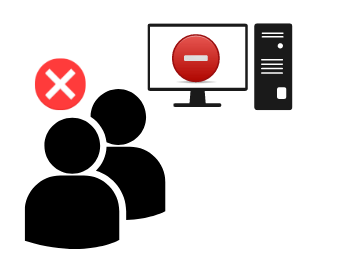
Misconfigured hardware, incorrect settings, or accidental deletions can cause connectivity issues or lead to network downtime.
Human error can have severe consequences, including lost productivity, missed deadlines, and reduced revenue.
How to Fix Human Error
Preventing human error is crucial to ensure network stability and reliability. However, despite the best efforts, human errors can still occur, resulting in network failure. Here are some tips for fixing human error:
- Identify the cause of the error: To fix human error, you need to identify the cause of the error first. Review the logs, talk to the person who made the error, and look for patterns to understand why the error occurred.
- Communicate the error and its impact: Once you’ve identified the cause of the error, it’s essential to communicate the error and its impact to everyone affected by it. This will help avoid further issues and provide an opportunity to prevent similar mistakes in the future.
- Implement additional controls: To prevent similar errors from happening in the future, you should consider implementing additional controls. For example, you could create a checklist or a change management process to ensure that all critical changes are thoroughly tested before implementation.
- Provide training: Regular training can help employees to follow best practices when configuring network hardware and software. This training should focus on the specific systems and processes that the employee is responsible for to ensure they have a clear understanding of how to avoid errors.
Human errors are a common cause of network failure that can have severe consequences for businesses.
To fix human errors, you need to identify the cause of the error, communicate the error and its impact, implement additional controls, and provide training to prevent similar errors from happening in the future.
4. Network Congestion
As your network grows, network congestion can occur, leading to performance issues or complete network failure.
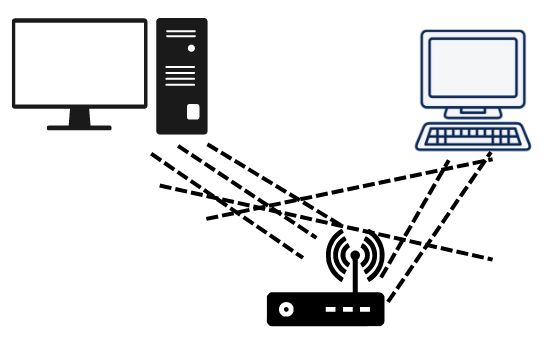
Network congestion occurs when there is an excessive amount of traffic on the network, causing delays and slow connection speeds.
How to Fix Network Congestion
- Upgrade your network equipment: Outdated network equipment can lead to congestion issues. Upgrading your network equipment, such as switches and routers, can help improve network speed and reduce congestion.
- Implement Quality of Service (QoS): QoS can help prioritize network traffic, ensuring that critical applications and services get the bandwidth they require. This can help reduce congestion by ensuring that non-critical traffic doesn’t consume too much network bandwidth.
- Monitor network traffic: By monitoring network traffic, you can identify which applications and services are consuming the most bandwidth. This can help you optimize your network and identify any areas where congestion is occurring.
- Optimize your network configuration: Optimizing your network configuration can help improve network performance and reduce congestion. For example, you can optimize your network routing to ensure that traffic takes the most efficient path.
- Add bandwidth: If all else fails, adding more bandwidth can help reduce network congestion. This may require upgrading your internet connection or adding more network links to increase capacity.
Network congestion is a common issue that can impact network performance.
By upgrading your network equipment, implementing Quality of Service, monitoring network traffic, optimizing your network configuration, or adding bandwidth, you can help fix network congestion and improve your network performance.
5. Security Threats
Finally, security threats, such as malware, viruses, or hacking attempts, can cause network failure. These threats can compromise your network’s integrity, resulting in data breaches or complete network failure.
Security threats can be a significant cause of network failure, leading to data breaches, downtime, or complete network failure.
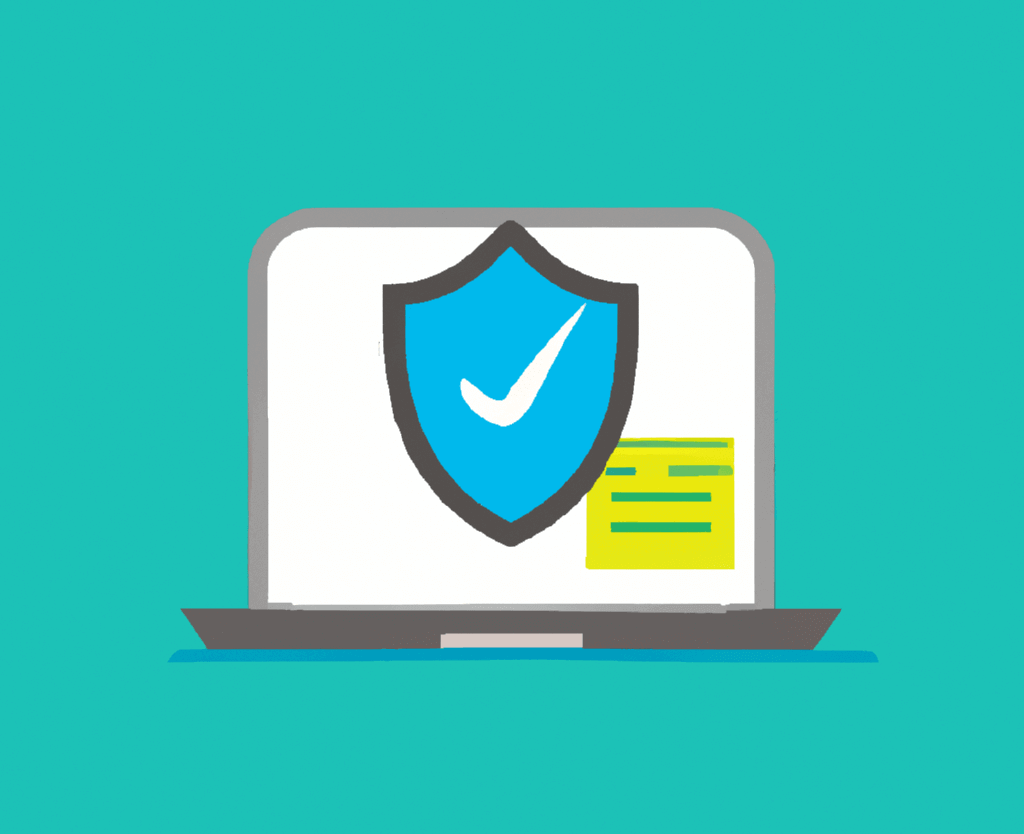
How to Fix Security Threats
To fix security threats, you can consider the following solutions:
- Implement a robust security system: A robust security system that includes firewalls, antivirus software, and regular vulnerability testing can help protect your network from security threats. It is also essential to keep your security software up to date to ensure it is effective against the latest threats.
- Regularly educate staff on best security practices: Regularly educating your staff on best security practices can help reduce the risk of security threats. This includes using strong passwords, avoiding suspicious emails or websites, and being mindful of social engineering attacks.
- Implement access controls: Access controls, such as limiting access to sensitive data and restricting access to certain parts of the network, can help prevent unauthorized access and reduce the risk of security threats.
- Regularly perform backups: Regularly performing backups of your data can help minimize the impact of a security breach. This can help you quickly restore your network in case of failure.
- Implement intrusion detection and prevention systems: Intrusion detection and prevention systems can help detect and prevent security threats before they can cause significant damage. These systems can help identify and block potential security threats, including malware, viruses, and hacking attempts.
Security threats can be a severe risk to your network’s integrity and performance.
By implementing a robust security system, educating staff on best security practices, implementing access controls, regularly performing backups, and implementing intrusion detection and prevention systems, you can help fix security threats and protect your network.
For information on how to fight against virus and malware attacks please checkout our article:
10 Safety and Security Guidelines for Combating Virus and Malware
Conclusion
In conclusion, network failure can occur due to various reasons, and it’s crucial to understand these causes and how to prevent them.
By implementing best practices, such as regular maintenance, disaster recovery planning, and security measures, you can minimize the risk of network failure and ensure the smooth operation of your business.
Don’t wait until a network failure occurs to take action; start implementing these fixes and preventive steps. Take note of all the reasons for network failure and implement all the these fixes to maintain a healthy network.
Photo by Thomas Jensen on Unsplash


